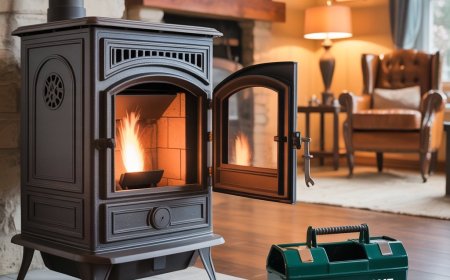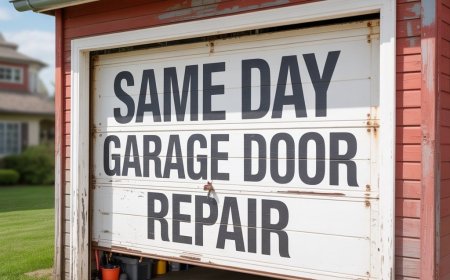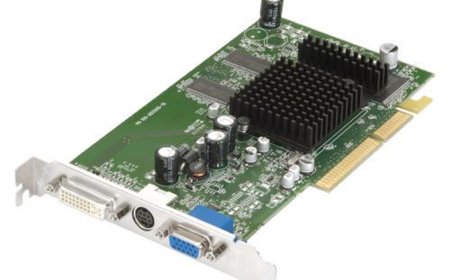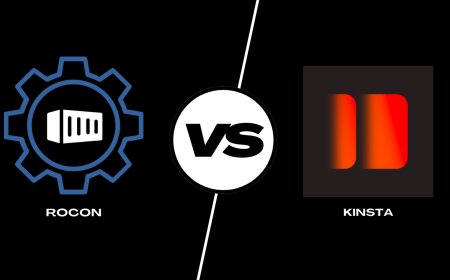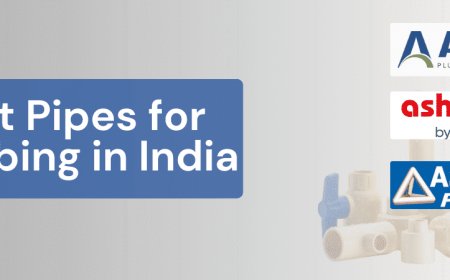From Gas to Induction: A Transformative Leap in Modern Kitchens

For decades, the familiar roar of a gas flame has been synonymous with serious cooking. The visual feedback, the immediate heat, and the perceived control have made gas hobs a staple in kitchens worldwide, including countless homes across Lahore, Punjab, Pakistan. However, a quiet revolution is underway, as more and more homeowners are making the transformative switch from Gas to Induction.1 This shift is driven by a desire for a cleaner, safer, more efficient, and ultimately more precise cooking experience that aligns perfectly with the demands of the modern kitchen. This article will guide you through this significant transition, exploring the compelling reasons for the change, addressing common concerns, and providing practical tips for a seamless adoption of induction technology.
The decision to move from Gas to Induction is often rooted in a desire to upgrade, modernize, and simplify daily cooking. While gas provides immediate heat, its working principle of burning fuel involves significant energy loss (only 30-55% efficient) and releases combustion byproducts into the air. Traditional electric hobs, while cleaner, suffer from slow response times and considerable residual heat. Induction hobs, however, operate on electromagnetic induction, directly heating ferromagnetic cookware through a magnetic field generated by induction coils beneath a sleek glass-ceramic surface.2 This direct transfer is what makes them a superior alternative.
Why Make the Leap: The Compelling Pros of Induction
The benefits of switching from Gas to Induction are numerous and impactful:
-
Unmatched Energy Efficiency and Speed: This is often the most convincing argument.
-
Efficiency: Induction hobs boast an energy efficiency of 85-90%, meaning almost all the consumed electricity is converted into usable heat.3 This drastically reduces energy waste and translates into significant energy savings on utility bills over the long term.4
-
Speed: Due to direct heat transfer, induction hobs heat pans and boil water incredibly fast.5 Witnessing water come to a rolling boil in minutes, a fraction of the time it takes on gas, is a persuasive demonstration of induction's superior performance for quick meals.
Superior Safety Features: This is a major draw, especially for family cooking.
-
No Open Flame: Eliminates the risk of burns from an open flame, gas leaks, and accidental ignitions.6 This drastically enhances kitchen safety.
-
Cool-to-Touch Surface: The glass-ceramic surface itself does not generate heat; it only warms from residual heat from the hot pan. Spills won't bake on, significantly reducing the risk of accidental burns and making easy cleaning a reality.7
-
Automatic Pan Detection and Shut-Off: The hob only activates when a compatible pan is present and automatically switches off if the pan is removed or if it detects overheating, adding layers of protection.8
-
Child Lock: Essential for families, preventing accidental activation by curious little hands.9
Precise Control for Culinary Mastery:
-
Instantaneous Response: Unlike the delayed response of traditional electric, or even the slight lag of gas, induction hobs offer immediate and highly precise temperature control.10 Adjustments are instant, allowing for delicate simmering, perfect melting, and consistent searing with unparalleled accuracy.11 This fine-grained control empowers cooks to achieve professional-level results.12
Effortless Cleaning and Maintenance:
-
Sleek Surface: The flat, unbroken glass-ceramic surface is exceptionally easy to clean.13 Spills don't bake on due to the cool surface, allowing for simple wipe-downs with a damp cloth or sponge, saving precious time and effort in everyday induction hob use.14
Improved Kitchen Environment:
-
Less Heat Emission: Significantly less heat radiates into the kitchen, keeping the cooking area cooler and more comfortable, particularly beneficial in Pakistan's warm climate.15
-
Better Air Quality: No combustion byproducts are released, contributing to cleaner indoor air.16
The Transition: Addressing Common Concerns
While the benefits are compelling, making the switch from Gas to Induction often brings up specific questions and considerations:
-
Cookware Compatibility:
-
The Magnet Test: This is the most common concern. Your existing pots and pans must be ferromagnetic (induction-compatible).17 The simple magnet test (if it sticks firmly to the bottom, it works) is crucial. Many people find they need to invest in some new induction hob cookware, which can be an additional cost. However, the market for induction-compatible cookware is vast and affordable now.
Initial Cost and Installation:
-
Purchase Price: Induction hobs generally have a higher upfront purchase price than gas counterparts.18
-
Electrical Requirements: Induction hobs require a dedicated, high-amperage electrical circuit.19 In many older homes, particularly in Pakistan, this might necessitate electrical upgrades and professional installation by a qualified electrician, adding to the overall cost. This is a critical factor that requires prior assessment.
Adjusting to New Cooking Habits:
-
No Visible Flame: Cooks accustomed to the visual cue of a gas flame might initially find the lack of it unsettling. However, the hob's digital display provides precise feedback on power levels.20
-
Speed Adjustment: The rapid heating can take some getting used to. Many beginners find they need to use lower power settings than they initially anticipate.
Tips for a Smooth Transition from Gas to Induction:
-
Start Simple: Begin with basic tasks like boiling water or simmering sauces to get a feel for the responsiveness.
-
Embrace Your Manual: Your hob's user manual is invaluable for understanding specific features like power levels, timers, and specialized cooking programs.
-
Invest in a Good Starter Cookware Set: Purchase a few essential induction-compatible pots and pans if your old ones don't work. Cast iron and multi-ply stainless steel are excellent choices.
-
Utilize the Timers: Take advantage of the built-in timers.21 They prevent overcooking and free you up for other tasks.
-
Practice with Sensors: If your hob has smart induction hob features like frying sensors or boil sensors, experiment with them to automate heat control for consistent results.
Making the leap from Gas to Induction is a significant decision that promises a more efficient, precise, and safe cooking environment. While it involves a few initial adjustments and investments, the long-term benefits in terms of convenience, safety, and performance make it a truly worthwhile transformation for any modern kitchen, aligning perfectly with the evolving demands of contemporary living.









